
How Israel Is Turning Water Pipes Into Clean Power Plants

Israel has taken a major step forward in sustainable infrastructure by developing smart water pipes that generate electricity from the pressure of flowing water. Instead of relying on large-scale dams, Israeli engineers have created miniature hydroelectric turbines that fit directly inside municipal water pipelines, allowing cities to harvest energy from pressure that would normally be wasted. The technology, developed by companies such as Leviathan Energy Hydroelectric and supported in trials by organizations including Mekorot, Israel’s national water company, is designed to transform existing water systems into decentralized renewable power sources. The turbines, known commercially as the Benkatina turbine, work by converting excess water pressure into usable electric power. In traditional water systems, excess pressure must be mechanically reduced to avoid damaging pipes, but this new approach captures that otherwise wasted energy and turns it into electricity without requiring major construction or environmental impact. Reports on test sites, including installations in the Negev desert, indicate that the turbines can achieve efficiency rates of over 50% even at low flow levels, and performance is expected to improve as the technology evolves.
Pilot installations in real-world municipal pipelines have demonstrated impressive potential. Depending on the gradient and water flow, a one-kilometer section of pipeline fitted with these turbines can generate tens of kilowatts of renewable energy—enough to operate pumps, sensors, monitoring systems, and in some cases even feed surplus electricity back into local power grids. Instead of building large infrastructure, cities can retrofit the turbines into existing pipe systems, making this a flexible solution for urban and rural environments alike. The approach also addresses one of the biggest hidden challenges in water management: excessive pressure. High pressure in pipelines is a primary cause of leaks and system failures, and by reducing it in a controlled way, the turbines act as both stabilizers and energy generators. This means the technology not only produces renewable electricity but also lowers water loss, reduces maintenance costs, and increases system reliability.
Environmental benefits are another notable advantage. Because the turbines operate inside closed pipes, no land must be flooded and no new reservoirs or dams are required. This avoids many of the ecological and social issues that come with traditional hydroelectric installations. Instead, the system quietly produces clean energy every hour water flows, offering a method of power generation that leaves the surrounding landscape untouched. Some international development organizations, including the United Nations Industrial Development Organization (UNIDO), have highlighted in-pipe hydropower as an underutilized global energy resource that could significantly expand renewable generation capacity without new land use or major construction.
However, the technology is not without challenges. Water flow and pressure conditions vary significantly across different parts of a municipal network, meaning that turbines must be carefully installed only where there is sufficient pressure to generate energy efficiently. Installing them requires engineering assessment and integration with monitoring equipment, and maintenance and long-term system management must be considered as urban systems expand. Connecting the electricity generated to microgrids or national power networks may also require regulatory adjustments and utility partnerships.
Despite these hurdles, the promise is enormous. As cities grow and energy demand increases, the idea that existing utility networks could serve double duty—as both water transport systems and distributed renewable power sources—is compelling. Israel’s work shows that even small adjustments to everyday infrastructure can unlock energy that has been overlooked for decades. A water pipe may seem ordinary, but with the right technology, it becomes a 24-hour clean power generator hidden beneath the streets. If widely adopted around the world, this innovation could mark a shift in how urban planners think about utilities—where every well-designed system not only delivers a service but also produces sustainable energy at the same time.
News in the same category


🐍 What to Do If You’re Bitten by a Snake — When Help Is Far Away

Motherhood Rewires the Brain: Why Postpartum Recovery Takes Years, Not Weeks

Eating More Than One Egg a Week May Slash Alzheimer’s Risk by 47%
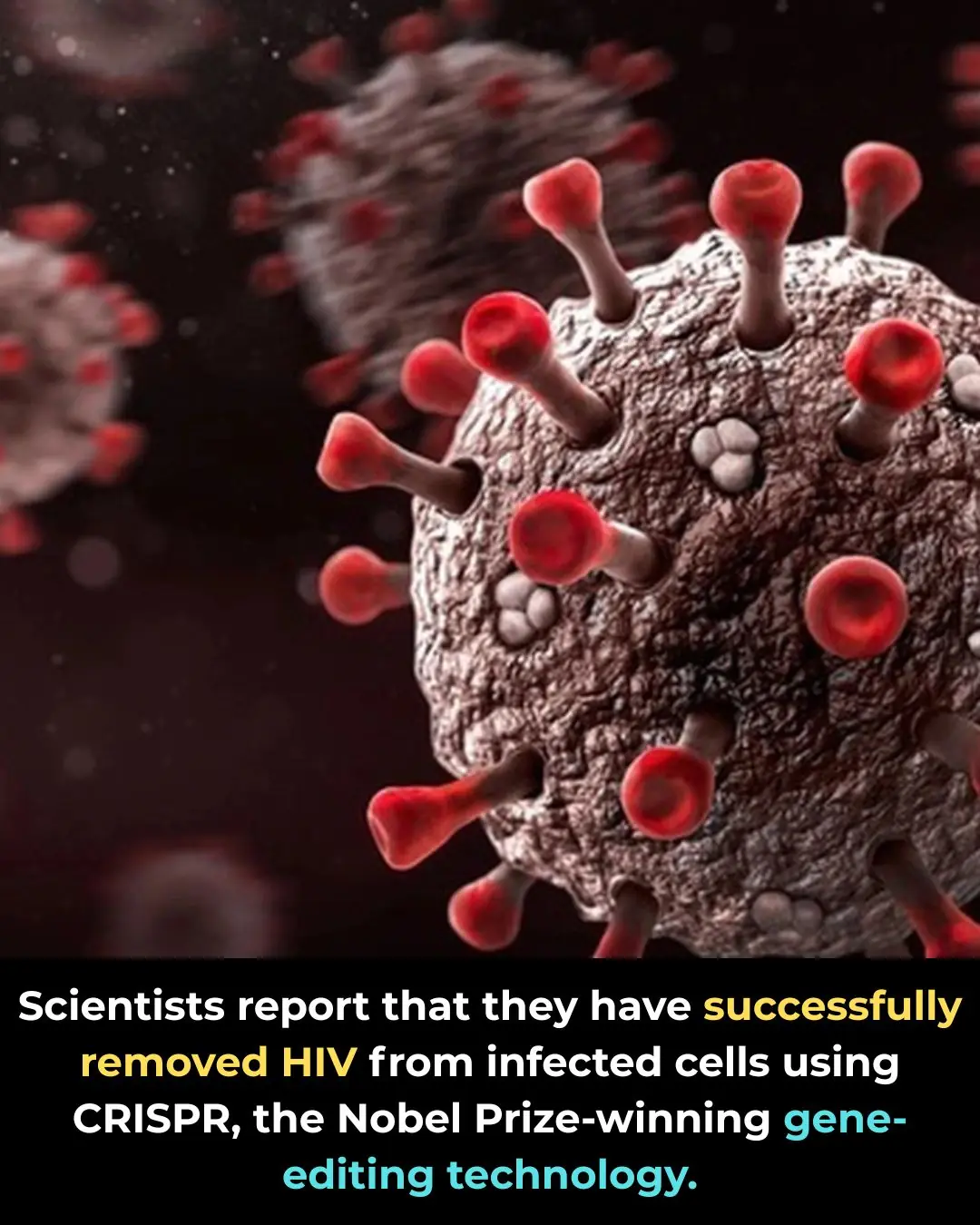
CRISPR Breakthrough Offers Hope for a Potential HIV Cure

Four Teens Risk Their Lives to Rescue Elderly Neighbor from Burning Home in Sapulpa

Sugar May Be a Bigger Threat to Heart Health Than Cholesterol, New Study Finds

Time Is an Illusion: Quantum Physics Suggests Every Moment Exists at Once
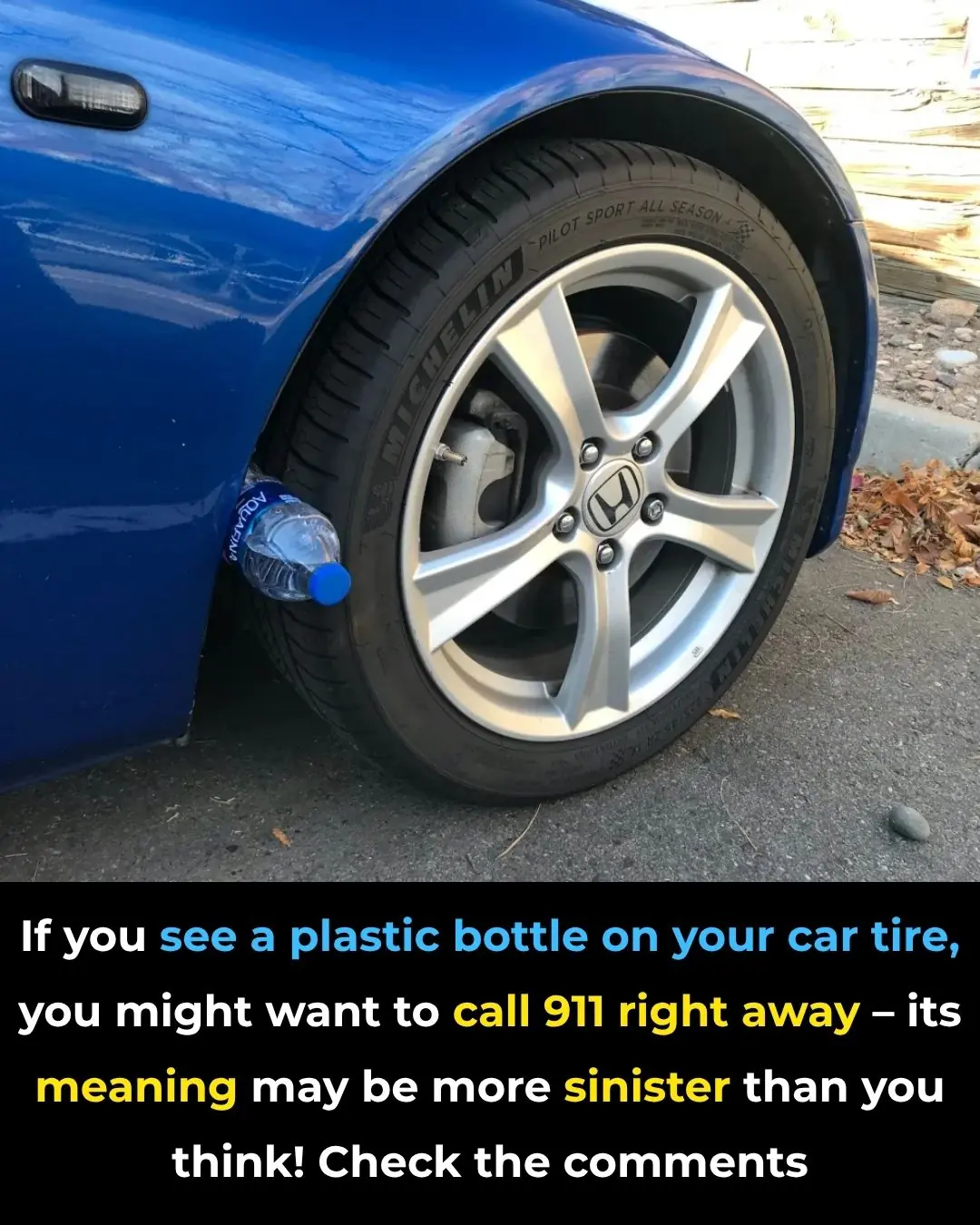
Beware of the Plastic Bottle Scam
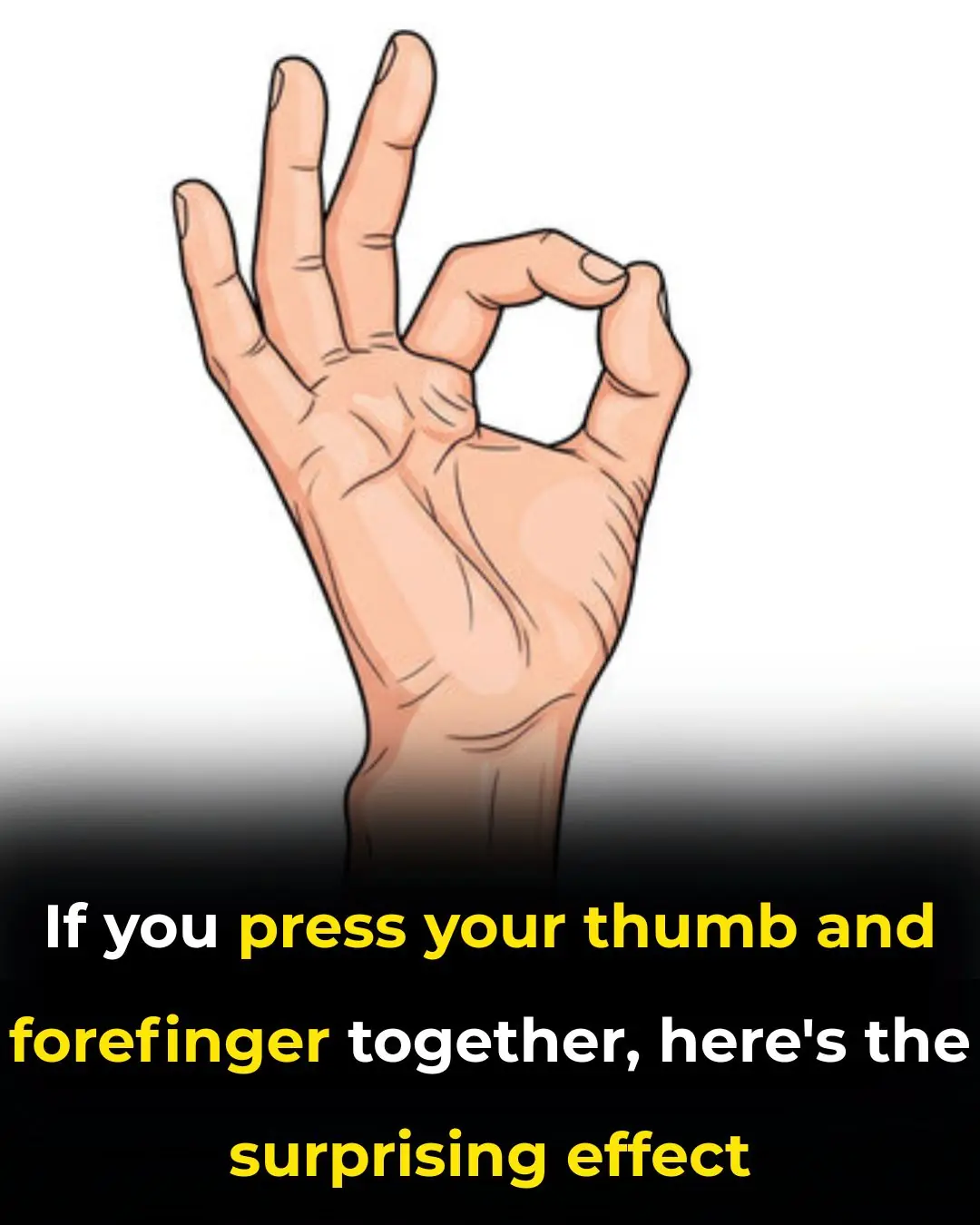
Had no clue about this

For those who sleep with wet hair, you should know that…

Hidden Message Behind Finding a White Feather

Why We Can’t Sleep Without a Blanket Even on Hot Nights

Revolutionary mRNA Therapy Shows Promise in Preventing Pancreatic Cancer Recurrence
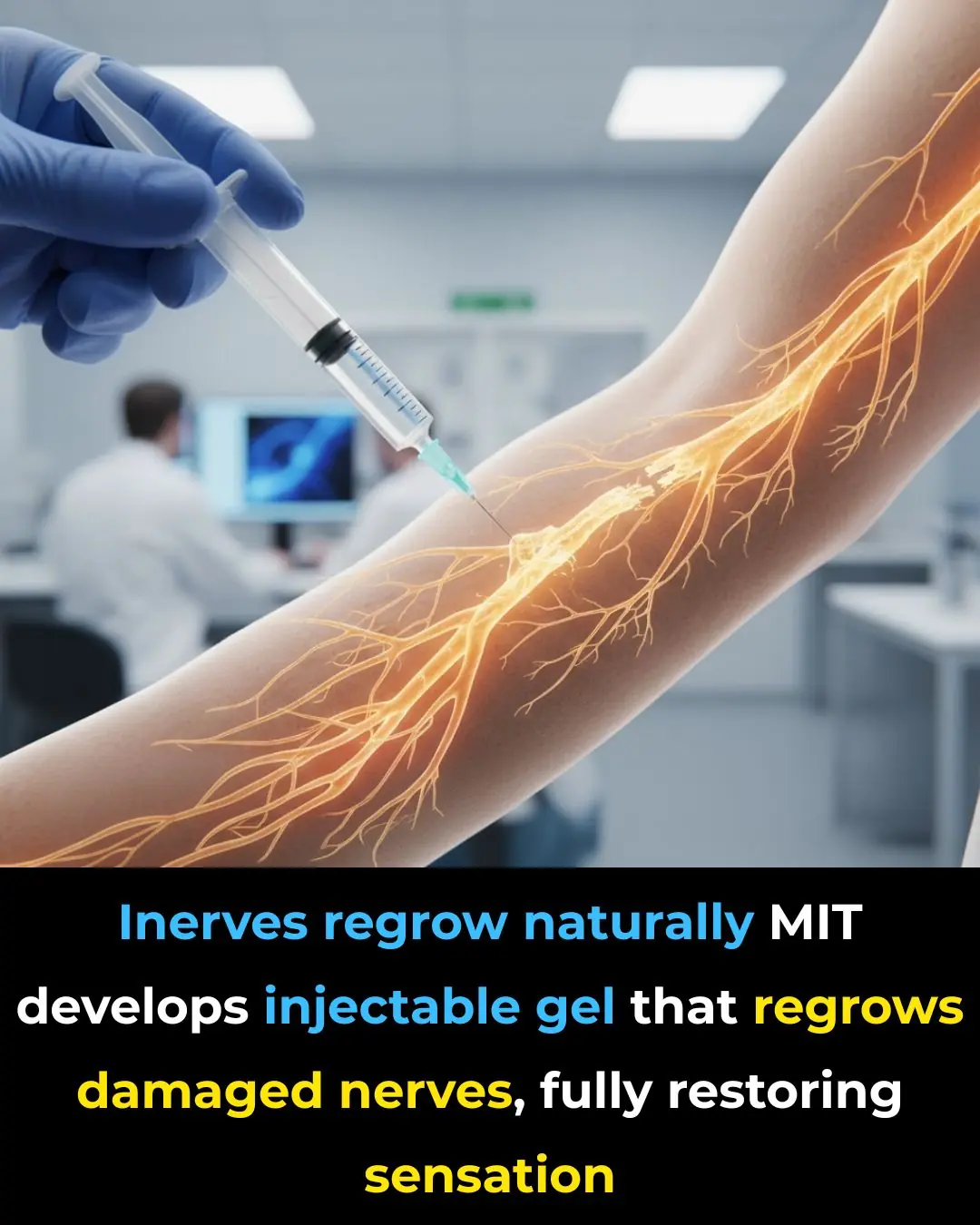
MIT Scientists Develop Injectable Gel That Can Fully Repair Nerves and Restore Sensation

A New Era of Computing: China’s Quantum Machine Surpasses the World’s Fastest Supercomputers

Reviving the Brain’s Waste-Clearing Pathways May Reverse Alzheimer’s Damage

New CRISPR Therapy Shows Promise in Removing HIV and Preventing Viral Rebound

Japanese Scientists Develop Drug That Could Regrow Human Teeth
News Post

‘We’d Rather Throw $60K in a Club’—NBA Star J.R. Smith Confesses to Blowing Fortunes on Clubs Instead of Helping His Community

‘Doesn’t Qualify Because She’s Black’: Fans Of Angel Reese, A’ja Wilson Blast Forbes For Ranking Caitlin Clark ‘Most Powerful’ Woman Athlete In Sports

How Finland Is Turning Data Centers Into City-Wide Heating Systems
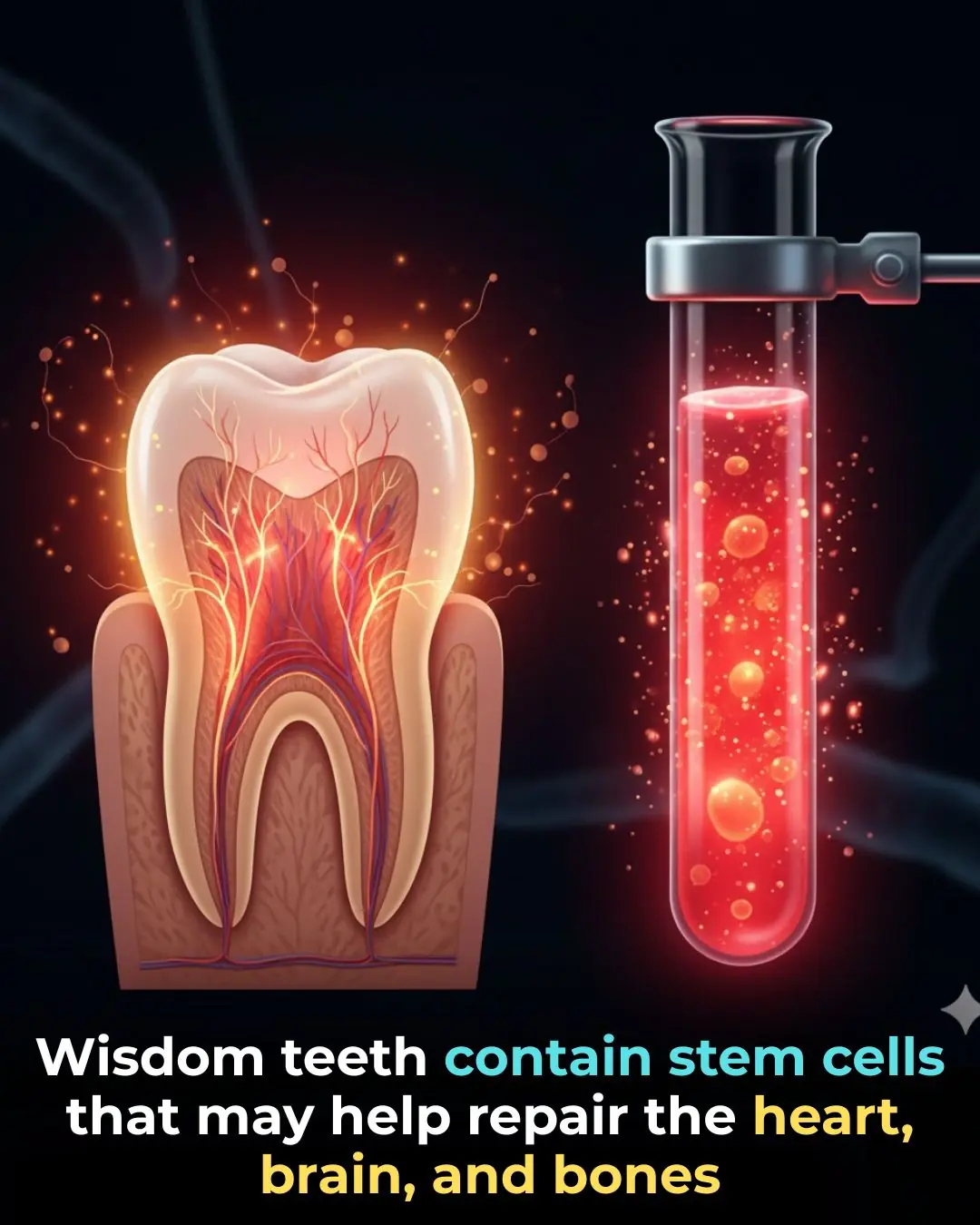
How Wisdom Teeth Could Power the Next Generation of Regenerative Medicine

This one vitamin could help stop you from waking up to pee every night
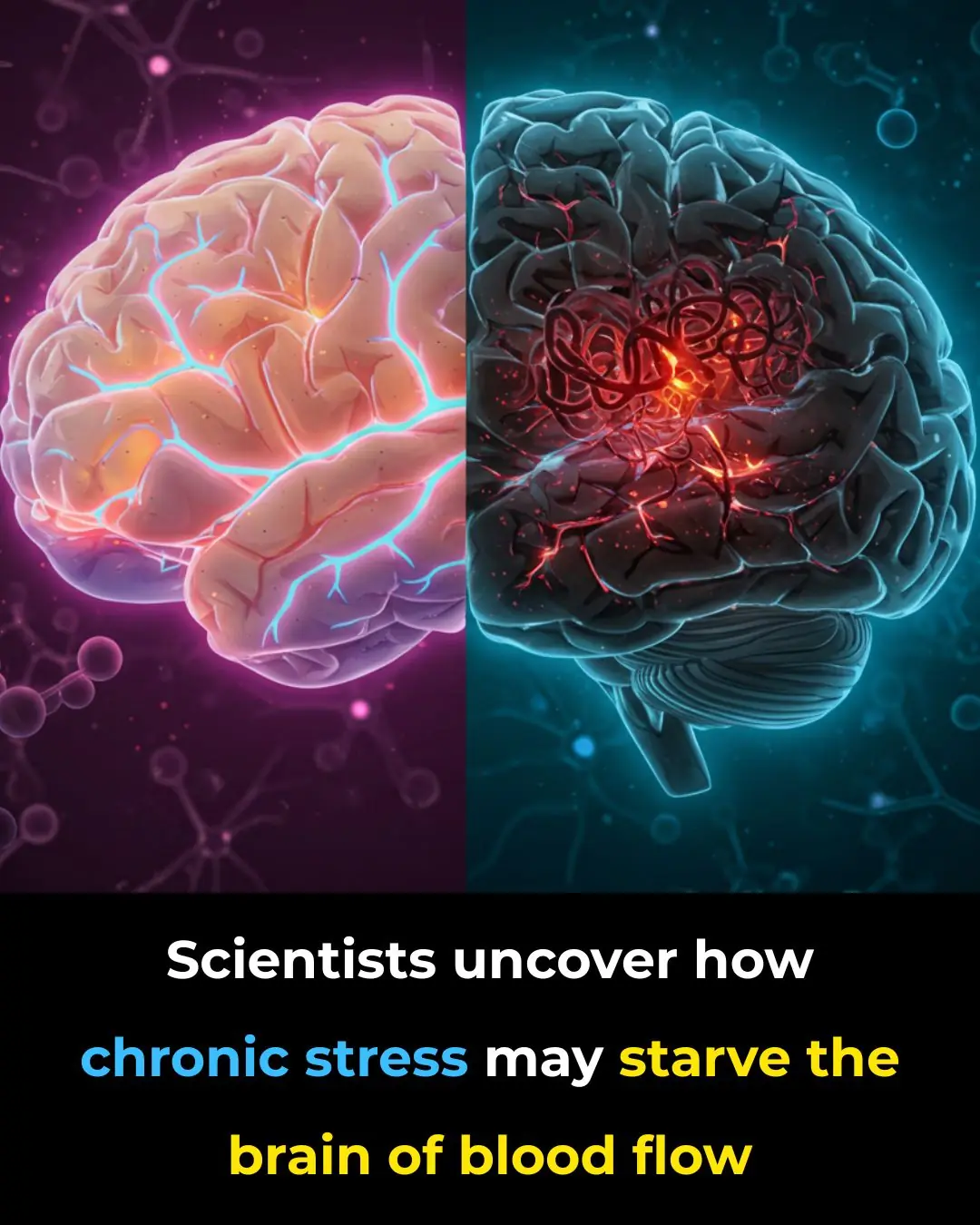
Scientists uncover how chronic stress may starve the brain of blood flow

Keith Olbermann suggests he dodged a bullet as he gloats over ex-girlfriend Olivia Nuzzi’s latest scandals

What Sydney Sweeney and Tom Cruise talked about during Governor Awards: lip reader

Freddie Slater’s EastEnders exit ‘revealed’ in new spoilers

Spandau Ballet star Tony Hadley admits he’s watching ex-bandmate Martin Kemp on I’m A Celebrity amid long-running rift

Inside I’m A Celebrity star Angry Ginge’s relationship with his dad – ‘massive racist’; court battles; throwing a ‘brick through the window’

The Hidden Power of Common Blue Violet (Viola sororia) and Its Homemade Uses
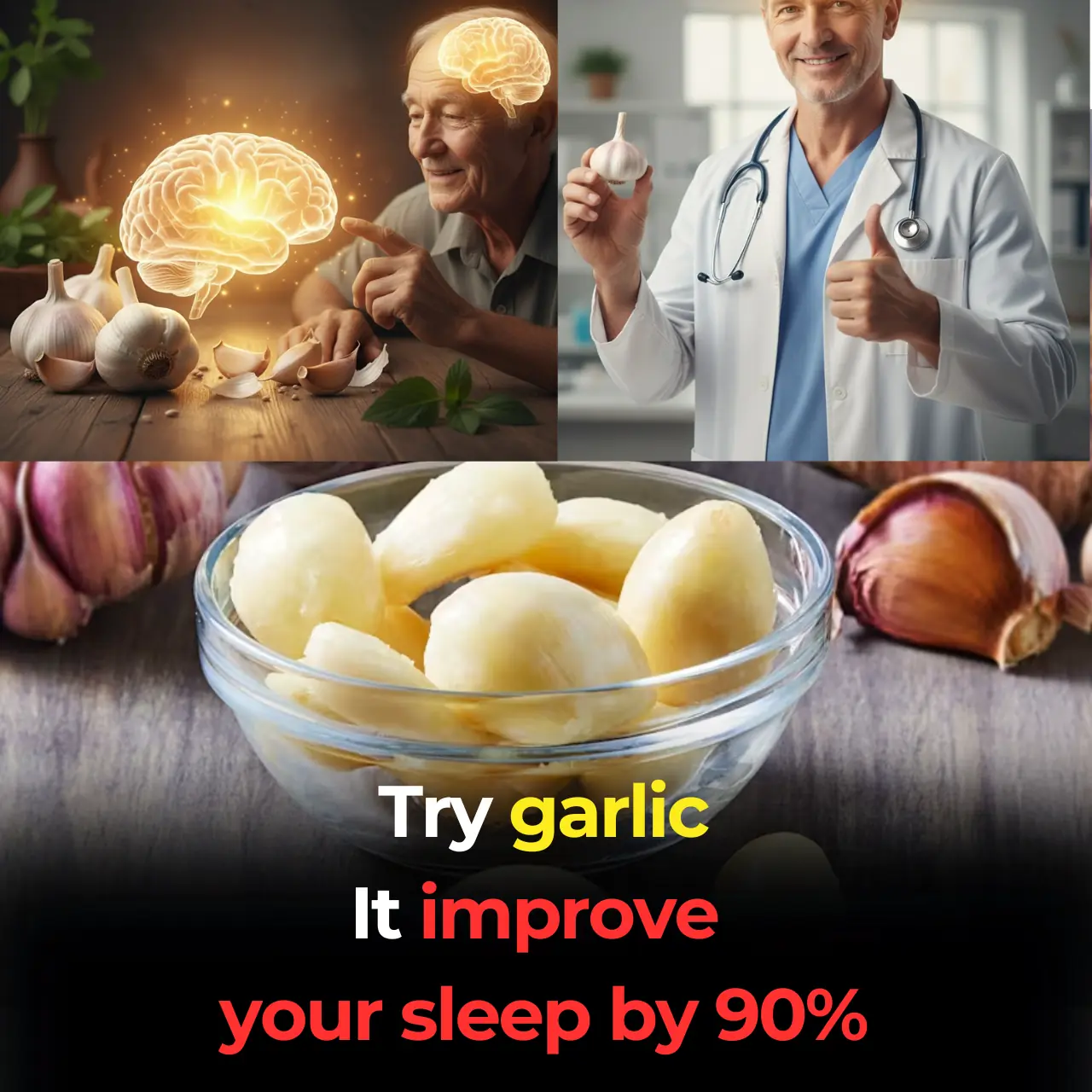
Japan's Oldest Doctor: Can’t Sleep Through the Night? Use Garlic This Way for Deep Rest in 3 Nights

Glow From Within: Easy Morning Drink For Radiant Skin

People whose mouths feel dry when sleeping at night need to know these 8 reasons

3 Mineral Waters That Can Help Remove Aluminum From The Brain

Top Signs of Iron Deficiency and How To Increase Iron Levels In Your Blood

BBC Strictly's La Voix forced to pull out of Blackpool week after injury
